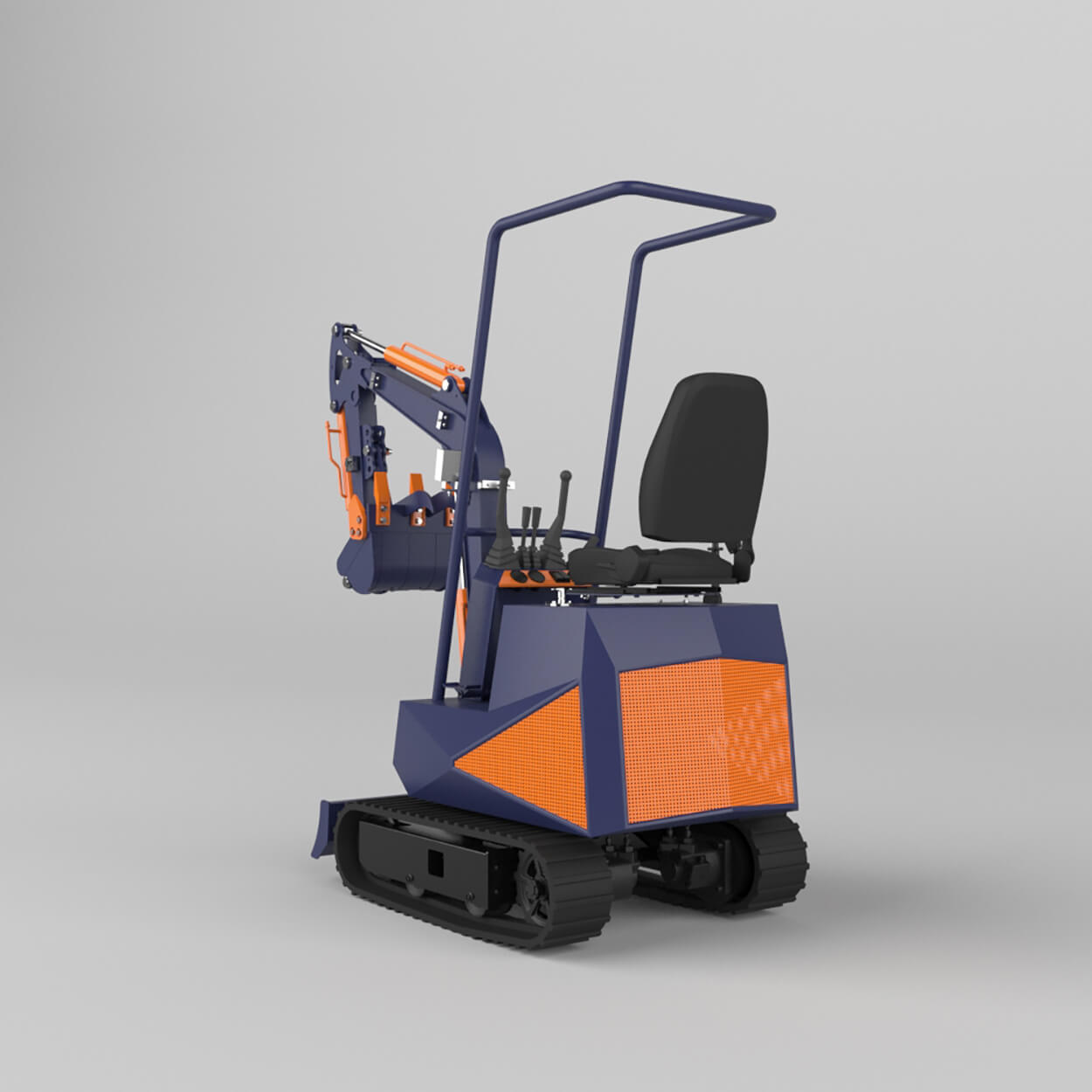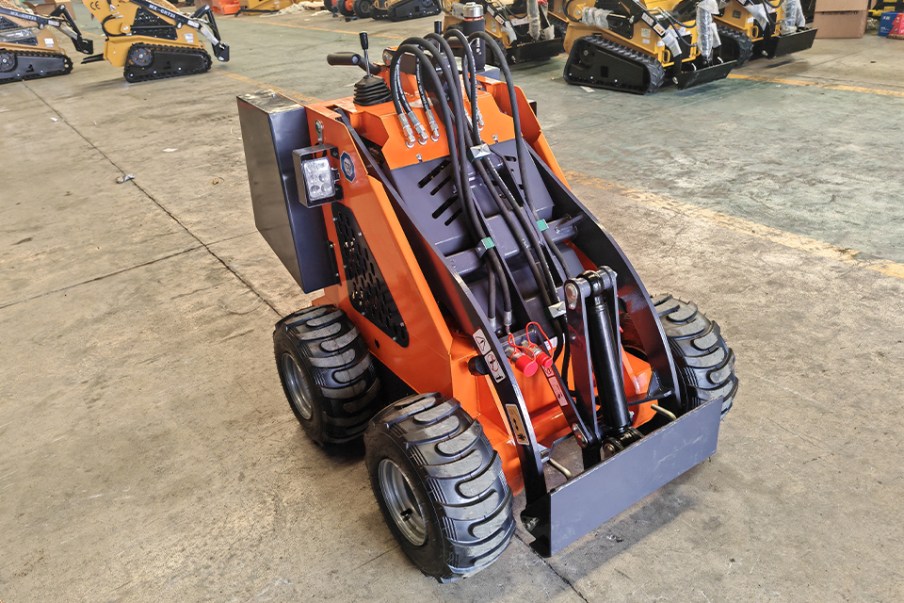Loading a skid steer onto a trailer can be a challenging task, especially if you’re new to operating heavy equipment. This comprehensive guide will walk you through the entire process, ensuring that you transport your skid steer loader safely and efficiently. Whether you’re moving your machine to a new job site or hauling it for maintenance, knowing how to load a skid steer properly is essential. Keep reading to learn everything you need to know to handle your equipment with confidence.

What Is a Skid Steer Loader?
A skid steer loader is a compact, versatile piece of equipment commonly used in construction, landscaping, and agriculture. It features a rigid frame and lift arms to which you can attach a wide range of tools or attachments. These machines are essential for tasks that require mobility and power in tight spaces.
Why Is Safe Loading Important?
Loading a skid steer onto a trailer involves risks. Improper loading can lead to equipment damage, personal injury, or even accidents on the road. Ensuring that you load your skid steer safely protects not only the machinery but also the operator and others involved in the process.
Choosing the Right Trailer for Your Skid Steer
Before you begin, you’ll need to select the right trailer to transport your skid steer. Consider the following:
- Weight Capacity: The trailer must handle the weight of your skid steer. Overloading can cause axle damage or failure.
- Trailer Type: Tilt trailers or those with appropriate ramps make loading easier.
- Securement Points: Ensure the trailer has enough points to secure the skid steer properly.
For heavy-duty options, check out the Chinese 2 Ton Mini Excavator for robust performance.
Preparing Your Equipment for Transport
Proper preparation is crucial:
- Inspect the Skid Steer: Check for any mechanical issues.
- Attachment Removal: Remove unnecessary attachments to reduce weight.
- Fluid Levels: Ensure all fluid levels are adequate.
- Secure Loose Parts: Tie down any loose components to prevent movement.
How to Position and Secure the Skid Steer onto the Trailer
Positioning is key to balance:
- Center of Gravity: The machine should be centered to distribute weight evenly.
- Position: Place the skid steer slightly forward of the axle to prevent swaying.
- Securement: Use chains and binders to secure the skid steer at multiple points.

Using the Right Ramp for Loading
A suitable ramp ensures safety:
- Ramp Capacity: Verify that the ramp can support the skid steer’s weight.
- Angle: The ramp should have a gentle incline to prevent tipping.
- Surface: Ensure the ramp surface provides enough traction for the skid steer’s tracks or wheels.
Steps to Safely Load a Skid Steer
Follow these steps carefully:
- Align the Trailer and Skid Steer: Ensure the skid steer is aligned straight with the ramp.
- Engage Low Gear: Set the skid steer to low gear for controlled movement.
- Drive Slowly: Slowly drive up the ramp onto the trailer.
- Position Correctly: Once on the trailer, adjust the skid steer’s position as needed.
- Shut Down the Engine: Turn off the engine and remove the key.
- Secure the Machine: Use straps or chains to tie down the skid steer.
Common Mistakes to Avoid When Loading
Avoid these pitfalls:
- Overloading the Trailer: Know your trailer’s limits to prevent damage.
- Improper Securing: Failing to secure the skid steer can lead to accidents.
- Ignoring Maintenance: Neglecting maintenance can cause mechanical failures during transport.
- Using Wrong Equipment: Using incompatible ramps or trailers increases risk.
Maintenance Tips for Your Skid Steer Loader
Regular maintenance ensures longevity:
- Inspect Regularly: Check for wear and tear.
- Fluid Changes: Keep up with hydraulic and engine oil changes.
- Clean the Machine: Remove debris to prevent damage.
- Professional Servicing: Consult a mechanic for complex issues.
For maintenance services, consider the 1.5 Ton Mini Excavator for reliable performance.

FAQs
What Equipment Do I Need to Load a Skid Steer?
You’ll need:
A suitable trailer
Appropriate ramps
Chains or straps for securing
Knowledge of your skid steer’s weight
Can I Load a Skid Steer Alone?
While possible, it’s safer to have assistance to guide you and ensure everything is secure.
Should I Load the Skid Steer Forward or Backward?
Loading backwards can help balance the weight over the trailer’s axle, but always refer to the manufacturer’s guidelines.
Safety Precautions
- Wear Protective Gear: Helmets, gloves, and safety boots.
- Check the Surroundings: Ensure the area is clear of obstacles.
- Follow Manufacturer Instructions: Always consult the skid steer’s manual.
Conclusion
Loading a skid steer onto a trailer doesn’t have to be a daunting task. With the right equipment, careful preparation, and adherence to safety protocols, you can transport your skid steer efficiently and safely. Remember to secure your machine properly and perform regular maintenance to keep it in top condition.
For versatile equipment options, explore the 1.8 Ton Mini Excavator, a reliable choice for various tasks.

Key Takeaways
- Choose the Right Trailer: Ensure it can handle your skid steer’s weight.
- Prepare Properly: Inspect and ready both the skid steer and trailer.
- Use Appropriate Ramps: They should support the load and provide traction.
- Secure the Skid Steer: Use chains or straps at multiple points.
- Follow Safety Protocols: Protect yourself and others during the process.
By following these guidelines, you’ll be well-equipped to handle your skid steer loading tasks with confidence and safety.












